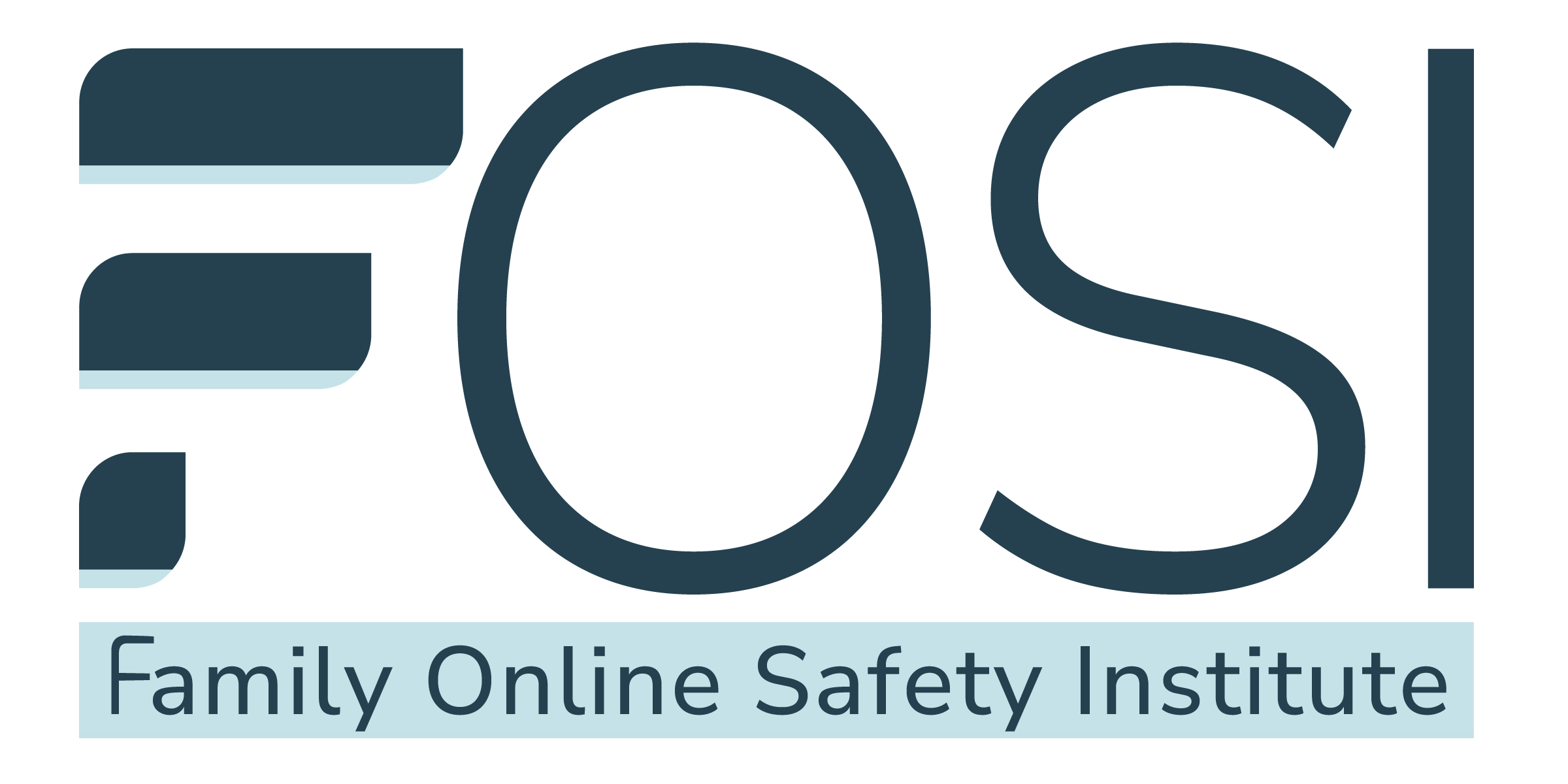According to a study by Pew Research Center, 70 percent of teens say anxiety and depression is a “major problem” among their peers. In my work helping students navigate social media positively, I collaborate with students nationwide and hear about their daily challenges with tech and social experiences, both online and off. They share how social media and tech can leave them feeling anxious, but they also reveal how they express themselves and connect with others through apps and social platforms. It’s a definite catch-22.
We also get to hear from parents, who understandably have concerns after reading stats like the above, along with frequent negative headlines about the dangers of social media. As summer approaches and brings long, unstructured days, parents struggle with setting boundaries for social media and tech use. They worry their kids will suffer an academic “summer slide” (made worse already by the pandemic and learning loss) or pass the days in unproductive ways, fueled by hours hunched over their phones or playing video games in a dark room.
How can families be more prepared this year to empower their children to strike a balance with social media and tech? First, understand how and why your kids are using social media. While many parents assume their kids are just scrolling mindlessly -- wasting time and negatively comparing themselves to others, research shows that’s not the case. According to a study of high school students -- there are four main ways teenagers use social media. These include:
- Self-expression - sharing posts that portray who they are and what they care about
- Relational interactions - messaging and connecting with family, friends, and romantic interests
- Exploration - searching and learning about areas of interest
- Browsing - general scrolling through feeds and apps
The study also asked teens to describe emotions from each activity, and while they acknowledged negative emotions from each, most described their experiences as generally positive.
Knowing that social media empowers kids to express themselves, build and nurture connections, and learn about the world may help parents see that it’s not all bad. In fact, social media and tech can be pretty great. In my work with The Social Institute, we coach students to think of social media as a powerful tool and microphone to the world, and we challenge them to use their mic for good. Are your kids volunteering this summer? Great! Encourage them to talk about it on social media. Do they have a summer job lined up? Perhaps they can promote their business or help their boss with a social media promotion.
Once you understand the why and how behind adolescent social media use, the whole family can get on the same page with a Family Social Standards Agreement -- a document that all family members agree to follow to help us navigate social media and tech positively, together.
If you already have a family tech contract, now is the perfect time to revisit it, since technology contracts are not static documents. They should evolve as your children age, as new technology and platforms become available, and as your kids' schedules change, like during the summer months. At The Social Institute, we recommend families create and adhere to standards around screen time together, such as:
- Prioritizing what’s important (chores, reading time, exercise) before using your device for fun
- Managing digital distractions (utilize Focus/Do Not Disturb features when driving, studying, etc.)
- Valuing real-life moments and looking people in the eye when they talk to you (rather than looking down at a screen)
When I deliver parent presentations at schools around the country, I often challenge families to complete an exercise we call the Family Huddle, which helps each family member map out time spent on technology to their goals and interests. It’s a great way for families to notice their screen time, compare stats, and adjust as needed to achieve goals.
At The Social Institute, we aggregate anonymous student responses to help schools and families understand student experiences, challenges, and school culture. By keeping open lines of communication around social media and technology with your kids, you can also better understand how they are experiencing their world. After all, these days, social media is just being social.
As your family settles into its summer schedule -- before your daughter heads off to camp or your son competes in his first swim meet -- ask your child to show you what they love about social media, create or revisit your family tech contract, and then empower them to use tech for good.















.svg)

